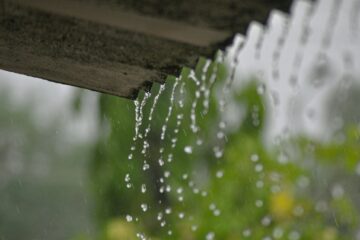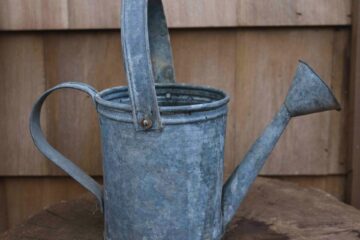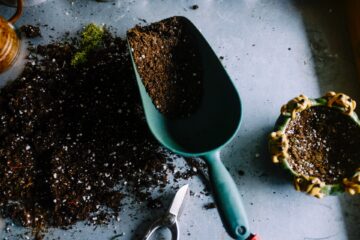Summer is the perfect time of year to get outside and enjoy the garden. But if you want your plants to thrive, you’ll need to make sure you water your garden enough. The summer can bring long, hot days with little rain. Luckily, there are plenty of ways to keep your garden watered without spending hours every week checking on them individually. Here are some tips:
Deep watering
Deep watering is the best way to water your plants. It means watering the roots, not just the leaves and stems.
When you deep water, you are helping prevent drought stress on your plants. Drought stress occurs when there is not enough moisture in the soil for them to be healthy and productive. Deep watering keeps this from happening by allowing water to soak into the soil instead of evaporating quickly from above ground where it can’t do any good for your garden or lawn.
Deep watering also helps prevent disease-and pest-related issues like root rot due to overwatering or under-watering.
Here are some guidelines for deep watering:
- Apply water slowly and deeply to allow it to penetrate the root zone. This encourages plants to develop deep, drought-tolerant root systems.
- Use drip irrigation or soaker hoses: These methods deliver water directly to the base of plants, minimizing evaporation and ensuring efficient water absorption.
- Water early in the day: Watering in the morning allows plants to absorb moisture before the sun’s intensity increases. This reduces evaporation and increases water uptake.
- Mulch: Apply a layer of organic mulch around plants to retain moisture, suppress weed growth, and regulate soil temperature.
- Group plants with similar water needs: Planting drought-tolerant species together conserves water and promotes efficient watering practices.
- Monitor soil moisture: Use a moisture meter or check soil moisture levels by hand. Water only when the soil is dry a few inches below the surface.
Night watering
Rainwater harvesting
Rainwater harvesting is a way to save water. It’s also a great way for you to be more self-sufficient, as you’ll be collecting and storing your own rainwater for use in your garden. Rainwater is clean and free of chemicals, so it can be used for watering plants without worry about damaging them or their roots.
Rain barrels are available at home improvement stores such as Lowe’s and Home Depot; some municipalities even offer rebates on the purchase price! If you don’t want to purchase one yourself, consider asking friends if they have an extra barrel they’d be willing to lend out (or even trade).
You can protect your plants and garden by following these tips.
To protect your plants and garden, follow these tips:
- Watering tips. Make sure to water deeply and infrequently to keep the soil moist but not soggy. You can do this by watering once a week or every ten days, depending on your climate and weather conditions.
- Watering schedule. You should start watering in the early morning hours so that the sun has time to evaporate any excess moisture from the leaves of your plants before nightfall (this will prevent fungal diseases). It’s also important not to over-water during hot summer months when temperatures climb above 90 degrees Farenheit (32 Celsius). This will cause foliage damage as well as promote mold growth on leaves and stems due to excessive moisture levels within their cells’ walls–so keep those sprinklers off until evening!
I hope these tips have helped you to beat the heat and keep your garden healthy. If you’re looking for more information on how to protect your plants in hot weather, check out our other blog posts on this topic:


